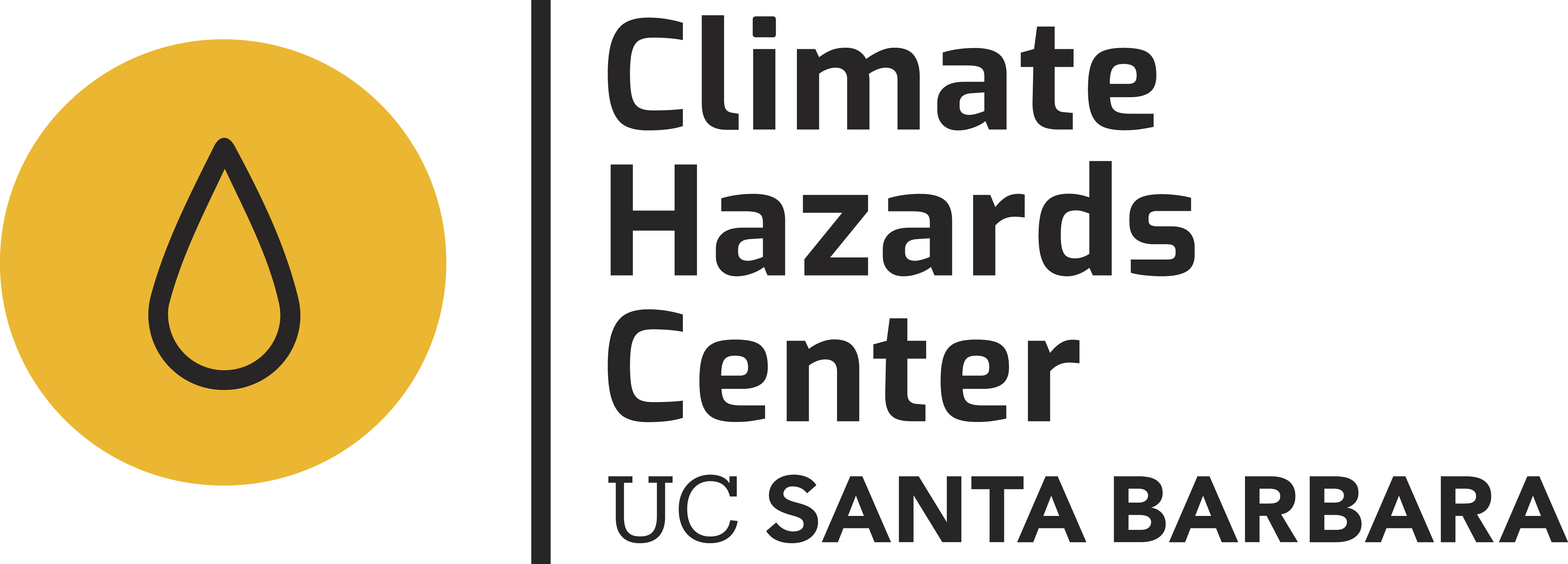CHC Scientists Warn of "Declines in Ethiopia's Belg Growing Season Rainfall & Length of Season."
This brief analysis summarizes an analysis of trends in the Ethiopian Belg rains. The Belg season in Ethiopia extends from February to mid-June, and contributes 50-65% of the annual rainfall totals for the southern and southeastern parts of the country, and up to 40% for the northeastern and eastern sectors of the country. This study examines trends in Belg rainfall over the past 39 years (1981-2019), documenting changes in rainfall characteristics, including start, end, and duration of the season, spatial and temporal distribution, and rainfall totals.
Summary:
An analysis of the best-available satellite and rainfall station data for Ethiopia confirms continued drying during the February-June Belg regions. Ninety percent of the area examined exhibited declining rainfall trends. The average decline for these areas appears to be about 50mm, or 20%. This 20% decline is enough to greatly increase the frequency of poor rainy seasons, which appear to be two-to-three times more frequent now than in the 1980s and early 1990s. An analysis of growing season lengths indicates more localized reductions, with the north-eastern Belg growing areas experiencing large 20-to-40 day declines in growing season length, and up to 60% reductions in seasonal rainfall totals. These substantial rainfall reductions, as well as the as the shrinking length of the growing season, hinder natural phenological vegetation growth over agropastoral and pastoral regions of northeastern, eastern, southern, and southeastern Ethiopia.
Originally published 08-08-2019
